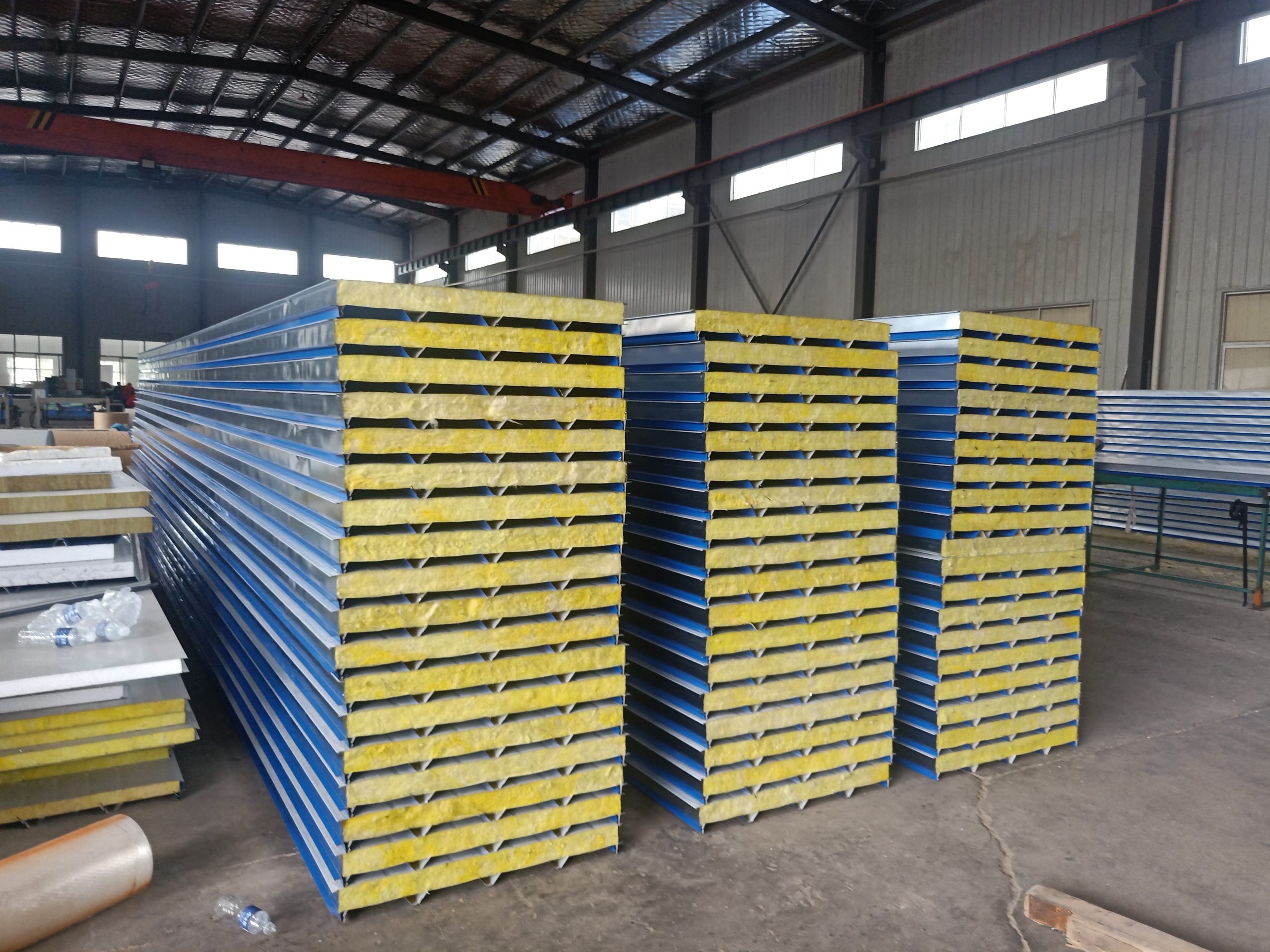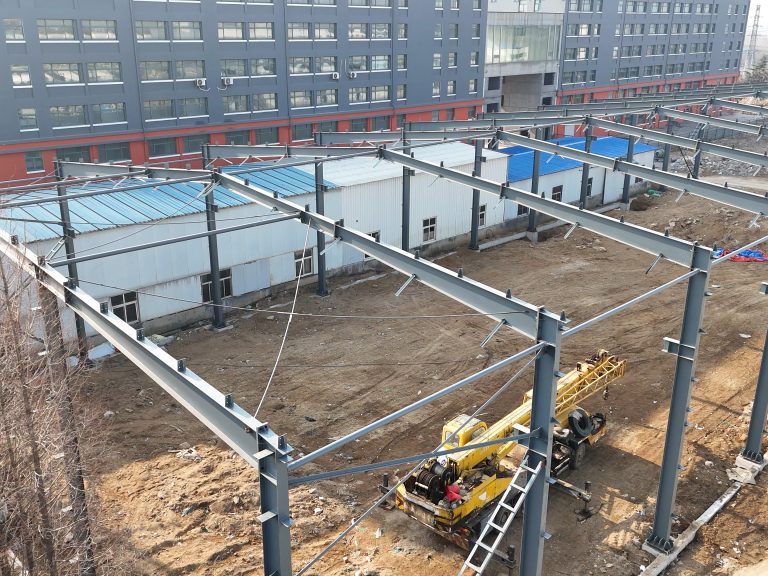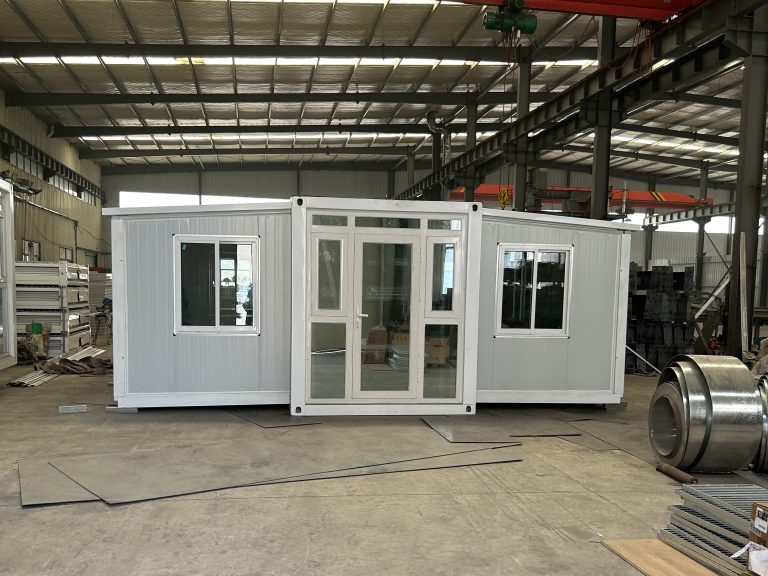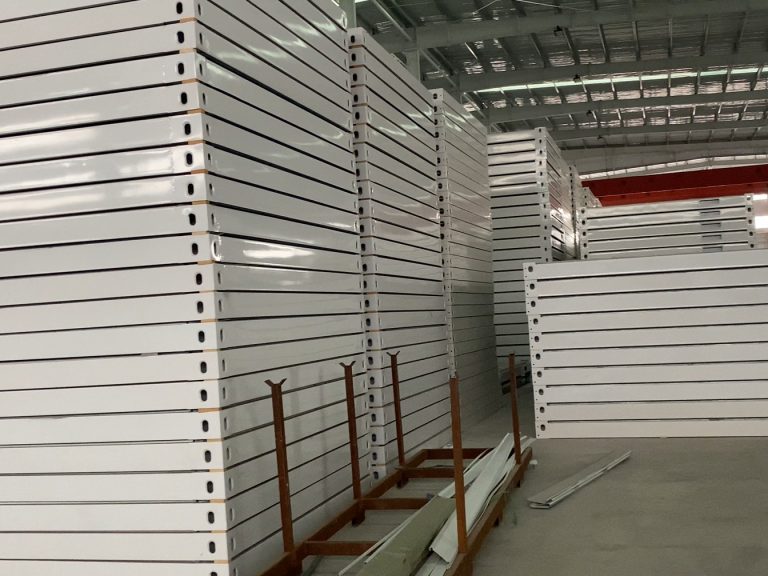Inhoudsopgave
Benefits of Using Advanced Foundation Treatment Technology in Steel Structure Buildings
Steel structure buildings have become increasingly popular in the construction industry due to their durability, strength, and cost-effectiveness. However, the success of a steel structure building heavily relies on the foundation on which it is built. The foundation serves as the base that supports the entire structure, ensuring its stability and longevity. Therefore, it is crucial to use advanced foundation treatment technology to enhance the performance and lifespan of steel structure buildings.
One of the key benefits of using advanced foundation treatment technology in steel structure buildings is improved load-bearing capacity. The foundation of a building is responsible for transferring the weight of the structure to the ground. By using advanced treatment technologies such as soil stabilization or deep foundation techniques, engineers can increase the load-bearing capacity of the foundation, allowing it to support heavier structures and withstand greater loads. This is particularly important in steel structure buildings, which are often used for industrial or commercial purposes and may need to support heavy equipment or machinery.
In addition to increased load-bearing capacity, advanced foundation treatment technology can also improve the overall stability of a steel structure building. By using techniques such as ground improvement or soil reinforcement, engineers can strengthen the foundation and reduce the risk of settlement or subsidence. This is essential for ensuring the structural integrity of the building and preventing any potential damage or collapse. With a stable foundation, steel structure buildings can withstand external forces such as wind, earthquakes, or heavy snow loads, providing a safe and secure environment for occupants.
Furthermore, advanced foundation treatment technology can help to mitigate the effects of soil movement or expansion, which can be particularly problematic in areas with poor soil conditions. Techniques such as soil compaction or grouting can stabilize the soil and prevent it from shifting or settling over time. This is crucial for maintaining the levelness and alignment of the foundation, ensuring that the steel structure building remains structurally sound and free from any structural issues.

Another benefit of using advanced foundation treatment technology in steel structure buildings is the ability to customize the foundation to suit specific site conditions. Different sites may have varying soil types, water tables, or geological features that can impact the performance of the foundation. By using advanced treatment technologies, engineers can tailor the foundation design to address these site-specific challenges and optimize the performance of the building. This level of customization can result in a more efficient and cost-effective foundation solution, ultimately leading to a successful and long-lasting steel structure building.
In conclusion, the foundation is a critical component of any steel structure building, and using advanced treatment technology can significantly enhance its performance and longevity. By improving load-bearing capacity, stability, and customization, engineers can ensure that steel structure buildings are built to last and withstand the test of time. Investing in advanced foundation treatment technology is a wise decision for any construction project, as it can provide numerous benefits in terms of safety, durability, and overall performance.
Key Considerations for Choosing the Right Foundation Treatment Technology for Steel Structure Buildings
Foundation treatment technology is a crucial aspect of constructing steel structure buildings. The foundation serves as the base that supports the entire structure, ensuring stability and longevity. Choosing the right foundation treatment technology is essential to ensure the structural integrity of the building. There are several key considerations to keep in mind when selecting the appropriate foundation treatment technology for steel structure buildings.
One of the primary factors to consider is the type of soil on which the building will be constructed. Different soil types have varying load-bearing capacities and settlement characteristics. It is essential to conduct a thorough soil investigation to determine the soil conditions at the construction site. This information will help in selecting the appropriate foundation treatment technology that can effectively support the building’s weight and prevent settlement issues.
Another important consideration is the design and structural requirements of the building. The foundation treatment technology chosen should be able to meet the specific design and structural needs of the steel structure building. Factors such as the building height, load distribution, and seismic considerations will influence the choice of foundation treatment technology. It is crucial to work closely with structural engineers to ensure that the selected technology is compatible with the building’s design requirements.
The environmental conditions at the construction site also play a significant role in determining the appropriate foundation treatment technology. Factors such as groundwater levels, soil erosion, and climate conditions can impact the performance of the foundation. It is essential to consider these environmental factors when selecting the foundation treatment technology to ensure long-term durability and stability of the building.
One common foundation treatment technology for steel structure buildings is pile foundations. Pile foundations are deep foundations that transfer the building’s load to deeper, more stable soil layers. Pile foundations are suitable for buildings constructed on soft or loose soil conditions where shallow foundations may not be sufficient. There are different types of pile foundations, including driven piles, bored piles, and helical piles, each with its own advantages and limitations.
Another popular foundation treatment technology for steel structure buildings is raft foundations. Raft foundations are large, solid slabs that distribute the building’s load over a wide area, reducing the pressure on the underlying soil. Raft foundations are suitable for buildings with uniform load distribution and where soil settlement is a concern. Raft foundations are cost-effective and can provide excellent stability and durability for steel structure buildings.
In conclusion, selecting the right foundation treatment technology is essential for ensuring the stability and longevity of steel structure buildings. Factors such as soil conditions, design requirements, environmental considerations, and budget constraints should be carefully evaluated when choosing the appropriate foundation treatment technology. Working closely with structural engineers and foundation specialists can help in selecting the most suitable technology for the specific needs of the building. By considering these key factors, builders can ensure that the foundation treatment technology chosen will provide a solid and stable base for the steel structure building.






